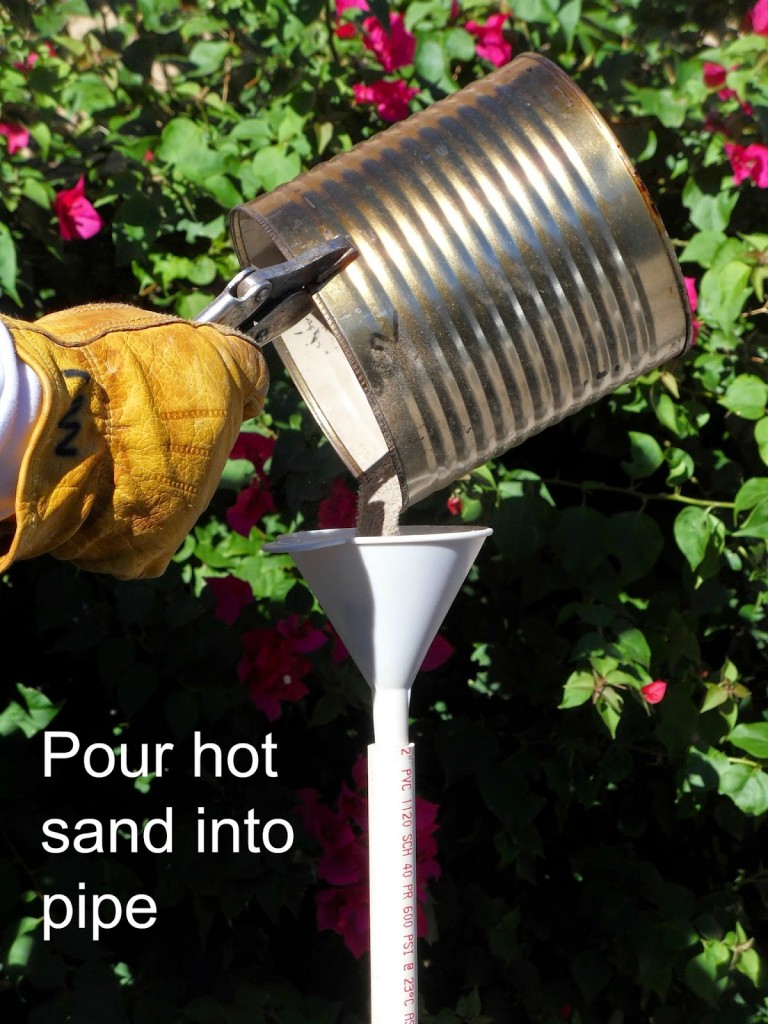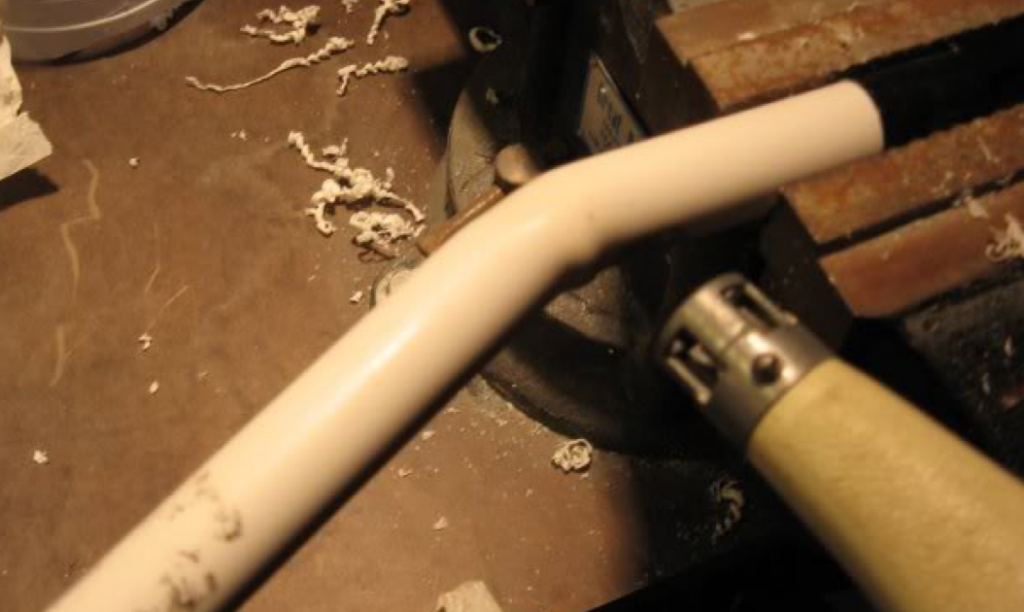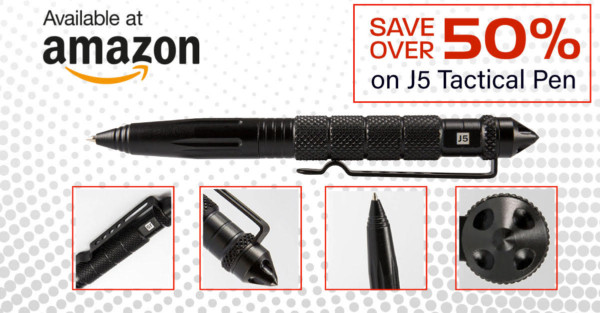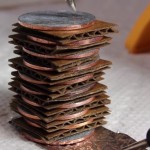
One of the biggest advantages to using PVC pipe is that it can be easily modified. Working with iron or metal pipes requires a lot of force to bend them, and copper pipes are not always the best option to use. PVC solves all of these problems as they are durable, pliable and lightweight. Let’s look at how easy it is to bend PVC pipes in order to allow you to customize your project.

Sand
The first step is to fill the pipe that you are bending with sand. Try to work with fine sand as it will do a better job of compressing space and filling in gaps. However, you can use grittier material as well as dirt and gravel in a pinch as well. Cover the ends with some tape or with loose-fitting end caps that slide on to the pipe. You want a loose and flexible fit because the PVC pipe can expand or contract during the bending process, and you need some “wiggle room” at the ends to account for these changes.
Heating

It’s important to be patient when heating PVC pipe. It takes time for heat to permeate through the material, and the pipe can easily scorch, melt and deform if heat isn’t applied evenly. It will probably take some trial and error in terms of finding the “sweet spot” when it comes to applying heat, so it may be a good idea to practice with some scrap pipe before working on PVC that is needed for a specific project.
Different people will recommend different methods of heating, and most work just fine as long as you regulate the temperature properly. You can use a torch, stove, oven, campfire or even a space heater. The easiest way to prepare pipe for bending is to use a stove top burner. It provides a good deal of coverage, you can easily control the flame, and it’s also easy to handle the pipe during the process. Torches work well for smaller pieces of pipe, but they also require a lot more control to ensure even heating.
One interesting suggestion is to heat the sand on a large cookie sheet in the oven until it gets to be about 220 degrees or so. Fill it into the PVC pipes and this warmth will cause it to flex and bend as well. This trick can work on smaller pipes that can absorb heat more quickly before the sand cools down.
Bending
The easiest way to bend PVC pipe is on the ground. This will help to keep the bends straight and limit drooping. It also allows you to exert maximum force on the pipe without wobbling that commonly occurs when bending by hand. You can also clamp pipe together, use special tools and go to great lengths to make your bends as precise as possible. However, all it really takes is a level surface, some patience and a little bit of elbow grease to get the job done.
Bending will also take some practice as you develop a feel for how soft the material needs to be in order to create the perfect bend. You may have to reheat the PVC during the bending at times, and there are times when the PVC will need to cool before you bend it as well.
Safety
The biggest risk that you will face is getting burned while working with the PVC and heat source. The material can melt and drip or you can get scorched from touching hot pipe or getting too close to the flame. Make sure to wear protective clothing to cover exposed skin, and consider using some goggles as well.
Finally, try to work with PVC pipe in a ventilated area. Fumes that are emitted from very hot or burning material are toxic. If you accidentally start a fire or smoke starts to come from the pipe, set it down safely and hold your breath until you can leave the room or get some fresh air. Ventilate the area before continuing to work.
Learning how to bend PVC will save you a lot of time, inconvenience and money because you won’t need to buy as many connectors or special fittings. Try it out for yourself and get a feel for how easy it is to fashion your own customized pipes with just a little bit of practice.














